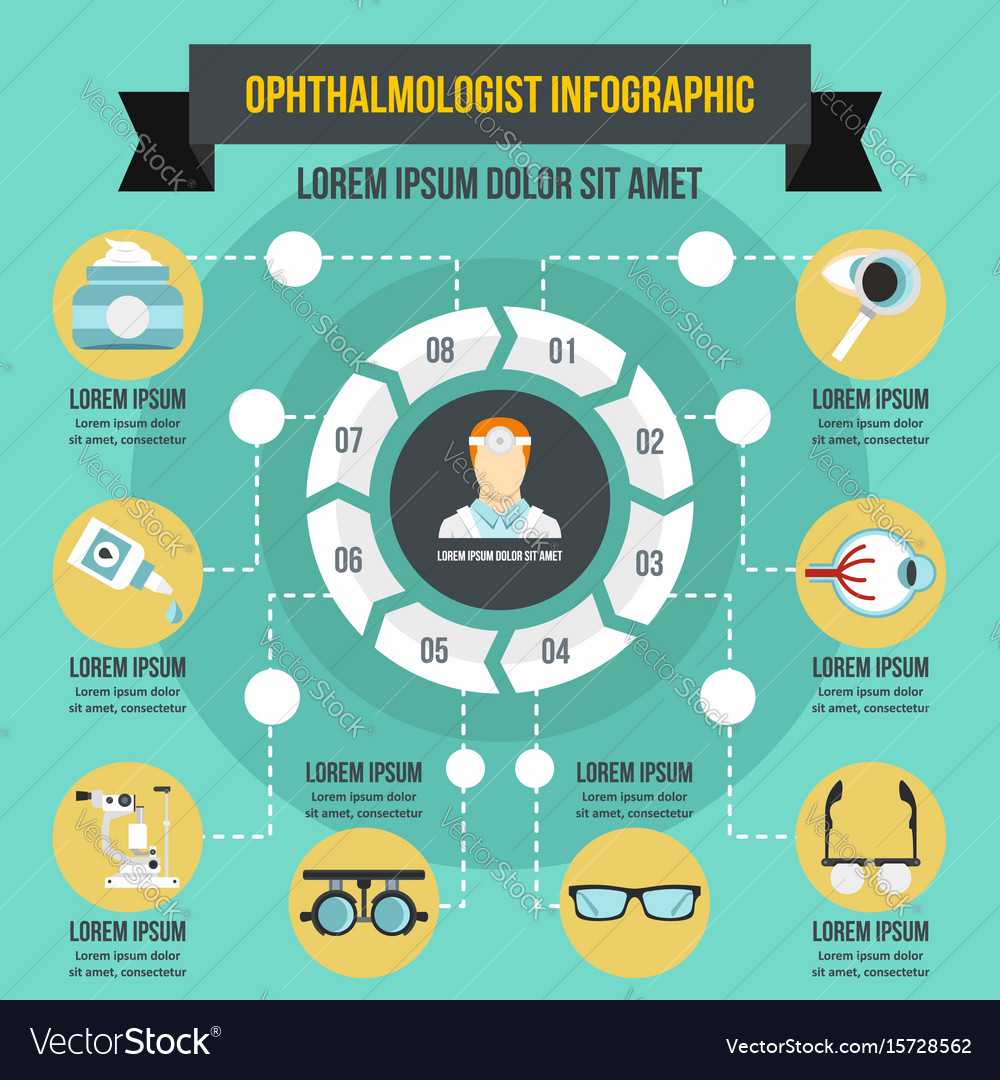Extreme Adjustments In Your Kid'S Habits Might Suggest Vision Issues; Uncover The Symptoms That Ask For An Eye Test To Ensure Their Appropriate Advancement
https://www.webmd.com/eye-health/eye-health-retinal-detachment Composed By-Borup Miles As a parent, you play a critical role in your child's health and wellness, particularly when it comes to their vision. You could notice certain actions that could signal a demand for an eye examination. Squinting, regular eye massaging, or issues of headaches can be more than just minor nuisances. Understanding these signs is necessary for your youngster's development. So, what should you try to find next? Allow's check out the usual signs that can suggest a vision trouble.
Common Symptoms of Vision Problems in Children
When you notice your youngster struggling with daily activities, it could be a sign of vision issues. Look for signs and symptoms like squinting, massaging their eyes regularly, or turning their head to see much better. If they've problem analysis or seem to shed their location frequently, that's an additional sign. You may also see them complaining concerning frustrations or experiencing eye stress after prolonged durations of analysis or making use of displays. In addition, if your child avoids activities that need great vision, like sports or drawing, it deserves paying attention to. Look for any type of unusual behavior, as these indications can indicate underlying vision issues that need professional analysis. Early detection can make a large distinction in their aesthetic advancement.
Age-Specific Vision Milestones to Monitor
Every parent should keep an eye on their youngster's vision development as they expand. At around 6 months, your infant needs to start tracking relocating things. By age 1, they should have the ability to focus on and acknowledge familiar faces. Read More Here %3A0x8bea6662a7fc5d0f!2sPediatric%20Eye%20Specialists!5e1!3m2!1sen!2sus!4v1739805416827!5m2!1sen!2sus” width=“600” height=“450” style=“border:0;” allowfullscreen=“” loading=“lazy” referrerpolicy=“no-referrer-when-downgrade”> Between 2 and 3 years, seek improvements in hand-eye coordination, like stacking blocks or throwing a ball. By age 4, youngsters need to be able to identify forms and colors, and they might begin to recognize letters. If your child fights with these turning points, it's necessary to remember. Monitoring their development assists you catch potential problems early, ensuring they obtain the vision treatment they require for a bright future. Keep aggressive about their vision health and wellness!
When to Set Up an Eye Exam for Your Child
Checking your child's vision advancement is important, but understanding when to arrange an eye examination is just as essential. The American Academy of Ophthalmology suggests your youngster have their first eye test at six months old. Afterwards, timetable follow-ups at age three and once more before they begin school. If your youngster reveals signs of vision issues— like squinting, difficulty analysis, or migraines— don't wait on the following arranged visit. Furthermore, if there's a family history of eye troubles, positive exams are crucial. Watch on any type of modifications in their vision or behavior, and depend on your reactions. Regular exams can aid catch prospective concerns early, guaranteeing your youngster has the best chance for healthy vision. Conclusion In conclusion, staying sharp to your kid's visual habits is important for their eye wellness. If you discover any type of indicators like squinting, eye rubbing, or problem with analysis, don't be reluctant to arrange an eye test. Keep in mind, early discovery can make a considerable difference in their visual growth. Depend on your reactions as a moms and dad, and guarantee your child obtains the care they need to grow. Normal examinations can help keep their eyes healthy and balanced for years to find. 